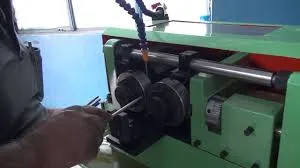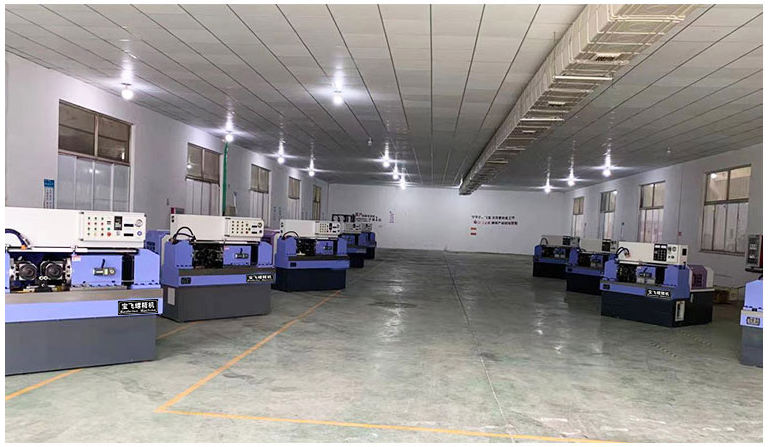
-
 Afrikaans
Afrikaans -
 Albanian
Albanian -
 Amharic
Amharic -
 Arabic
Arabic -
 Armenian
Armenian -
 Azerbaijani
Azerbaijani -
 Basque
Basque -
 Belarusian
Belarusian -
 Bengali
Bengali -
 Bosnian
Bosnian -
 Bulgarian
Bulgarian -
 Catalan
Catalan -
 Cebuano
Cebuano -
 Corsican
Corsican -
 Croatian
Croatian -
 Czech
Czech -
 Danish
Danish -
 Dutch
Dutch -
 English
English -
 Esperanto
Esperanto -
 Estonian
Estonian -
 Finnish
Finnish -
 French
French -
 Frisian
Frisian -
 Galician
Galician -
 Georgian
Georgian -
 German
German -
 Greek
Greek -
 Gujarati
Gujarati -
 Haitian Creole
Haitian Creole -
 hausa
hausa -
 hawaiian
hawaiian -
 Hebrew
Hebrew -
 Hindi
Hindi -
 Miao
Miao -
 Hungarian
Hungarian -
 Icelandic
Icelandic -
 igbo
igbo -
 Indonesian
Indonesian -
 irish
irish -
 Italian
Italian -
 Japanese
Japanese -
 Javanese
Javanese -
 Kannada
Kannada -
 kazakh
kazakh -
 Khmer
Khmer -
 Rwandese
Rwandese -
 Korean
Korean -
 Kurdish
Kurdish -
 Kyrgyz
Kyrgyz -
 Lao
Lao -
 Latin
Latin -
 Latvian
Latvian -
 Lithuanian
Lithuanian -
 Luxembourgish
Luxembourgish -
 Macedonian
Macedonian -
 Malgashi
Malgashi -
 Malay
Malay -
 Malayalam
Malayalam -
 Maltese
Maltese -
 Maori
Maori -
 Marathi
Marathi -
 Mongolian
Mongolian -
 Myanmar
Myanmar -
 Nepali
Nepali -
 Norwegian
Norwegian -
 Norwegian
Norwegian -
 Occitan
Occitan -
 Pashto
Pashto -
 Persian
Persian -
 Polish
Polish -
 Portuguese
Portuguese -
 Punjabi
Punjabi -
 Romanian
Romanian -
 Russian
Russian -
 Samoan
Samoan -
 Scottish Gaelic
Scottish Gaelic -
 Serbian
Serbian -
 Sesotho
Sesotho -
 Shona
Shona -
 Sindhi
Sindhi -
 Sinhala
Sinhala -
 Slovak
Slovak -
 Slovenian
Slovenian -
 Somali
Somali -
 Spanish
Spanish -
 Sundanese
Sundanese -
 Swahili
Swahili -
 Swedish
Swedish -
 Tagalog
Tagalog -
 Tajik
Tajik -
 Tamil
Tamil -
 Tatar
Tatar -
 Telugu
Telugu -
 Thai
Thai -
 Turkish
Turkish -
 Turkmen
Turkmen -
 Ukrainian
Ukrainian -
 Urdu
Urdu -
 Uighur
Uighur -
 Uzbek
Uzbek -
 Vietnamese
Vietnamese -
 Welsh
Welsh -
 Bantu
Bantu -
 Yiddish
Yiddish -
 Yoruba
Yoruba -
 Zulu
Zulu
Jan . 09, 2025 10:37
Back to list
types of thread rolling machine
Thread rolling machines are pivotal in the manufacturing industry, especially for producing threaded components with high precision and strength. The variety of these machines caters to different industrial needs, thus understanding the types and their specific applications enhances operational efficiency and product quality.
Planetary die thread rolling machines represent an advanced category, where multiple dies rotate around a stationary workpiece. This configuration is particularly advantageous for long components like lead screws, which require uniform thread consistency along extended lengths. The planetary action results in reduced cycle times, making these machines efficient for large-scale production. Moreover, the reduced friction and stress during the rolling process extend the operational lifespan of both the machine and the tools. In considering the acquisition or utilization of a thread rolling machine, several factors should guide the decision-making process. Evaluate production requirements, material types, thread specifications, and budget constraints. While flat die machines offer versatility, cylindrical die machines provide unmatched precision, and planetary die machines offer efficiency in producing long threaded components. Aligning these capabilities with specific operational needs ensures optimized production outcomes. Furthermore, the maintenance and operational training for each type safeguard longevity and performance. Machine operators should be skilled in calibration techniques, die replacement, and troubleshooting common issues to maintain seamless operations. Regular maintenance checks and adherence to manufacturer guidelines not only extend machinery lifespan but also enhance the quality and precision of the threads produced. The choice of a suitable thread rolling machine profoundly impacts product quality and production efficiency. By understanding and leveraging the strengths of each machine type, manufacturers can significantly enhance their production value, ensuring that all components meet the rigorous standards of today's diverse industrial applications.


Planetary die thread rolling machines represent an advanced category, where multiple dies rotate around a stationary workpiece. This configuration is particularly advantageous for long components like lead screws, which require uniform thread consistency along extended lengths. The planetary action results in reduced cycle times, making these machines efficient for large-scale production. Moreover, the reduced friction and stress during the rolling process extend the operational lifespan of both the machine and the tools. In considering the acquisition or utilization of a thread rolling machine, several factors should guide the decision-making process. Evaluate production requirements, material types, thread specifications, and budget constraints. While flat die machines offer versatility, cylindrical die machines provide unmatched precision, and planetary die machines offer efficiency in producing long threaded components. Aligning these capabilities with specific operational needs ensures optimized production outcomes. Furthermore, the maintenance and operational training for each type safeguard longevity and performance. Machine operators should be skilled in calibration techniques, die replacement, and troubleshooting common issues to maintain seamless operations. Regular maintenance checks and adherence to manufacturer guidelines not only extend machinery lifespan but also enhance the quality and precision of the threads produced. The choice of a suitable thread rolling machine profoundly impacts product quality and production efficiency. By understanding and leveraging the strengths of each machine type, manufacturers can significantly enhance their production value, ensuring that all components meet the rigorous standards of today's diverse industrial applications.
Share:
Latest news
Upgrade Your Production Line With Advanced Threading Solutions
NewsJun.12,2025
Optimize Precision With Advanced Thread Rolling Equipment
NewsJun.12,2025
Maximize Production With A High-Speed Thread Rolling Machine
NewsJun.12,2025
Master Precision Engineering With The Right Roller Threading Machine
NewsJun.12,2025
Find The Right Thread Rolling Tool For Precision Threading
NewsJun.12,2025
Boost Efficiency With Our Thread Rolling Machine
NewsJun.12,2025
